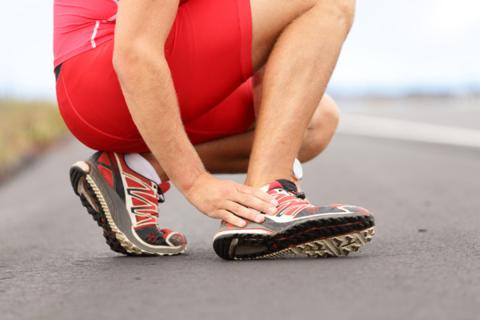

Running offers an exhilarating way to stay fit and healthy, but it comes with its own set of risks, one of the most common and least discussed being running foot injuries. Often overlooked, these injuries can significantly hamper a runner's performance and in severe cases, sideline them for extended periods. In this article, we delve into the various types of running foot injuries, their symptoms, and preventative measures every runner should be aware of.
The most frequent running foot injuries range from mild annoyances, such as blisters and corns, to more serious afflictions like plantar fasciitis and stress fractures. Blisters and corns, although seemingly harmless, can cause discomfort and hinder performance. Plantar fasciitis, an inflammation of the tissue running across the bottom of the foot, often results from overuse and can cause severe pain. Stress fractures, tiny cracks in a bone, can occur when the foot is subjected to repeated stress over time, a common issue for long-distance runners. It is crucial to recognize the symptoms of these injuries early on. These may include persistent pain, swelling, and difficulty in walking or bearing weight on the foot. Ignoring these signs can lead to worsening of the injury, making recovery a prolonged process.
While running foot injuries can be daunting, the good news is that most of them can be prevented by adopting a few simple measures. Proper footwear is pivotal. Shoes should provide adequate cushioning and support to absorb the impact of running, thereby reducing the risk of injury. A gradual increase in running intensity and distance can also help condition the foot to cope with the stress. Regular strength and flexibility training can further enhance foot stability and resilience. Lastly, if you do encounter a running foot injury, seek immediate medical attention. Prompt and appropriate treatment can significantly speed up recovery and prevent further complications.
In conclusion, running foot injuries, though common, are preventable. By understanding the risks and symptoms, adopting preventative measures, and seeking timely medical intervention, runners can keep their feet healthy and continue to enjoy the many benefits of running. After all, the key to a successful run lies as much in the preparation as in the execution. So, strap on your shoes, hit the tracks, but most importantly, listen to your feet.
Discover More Content





